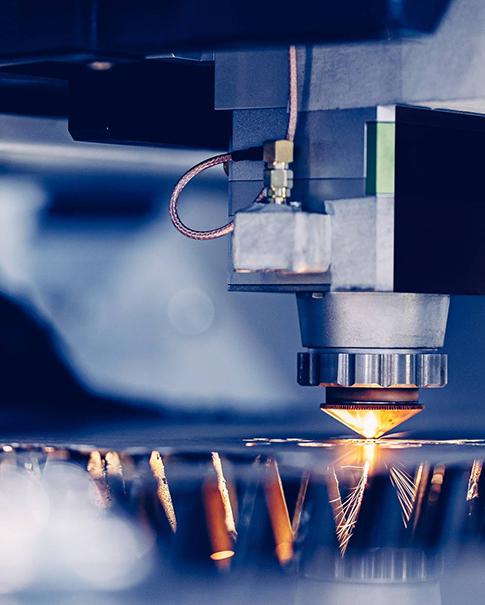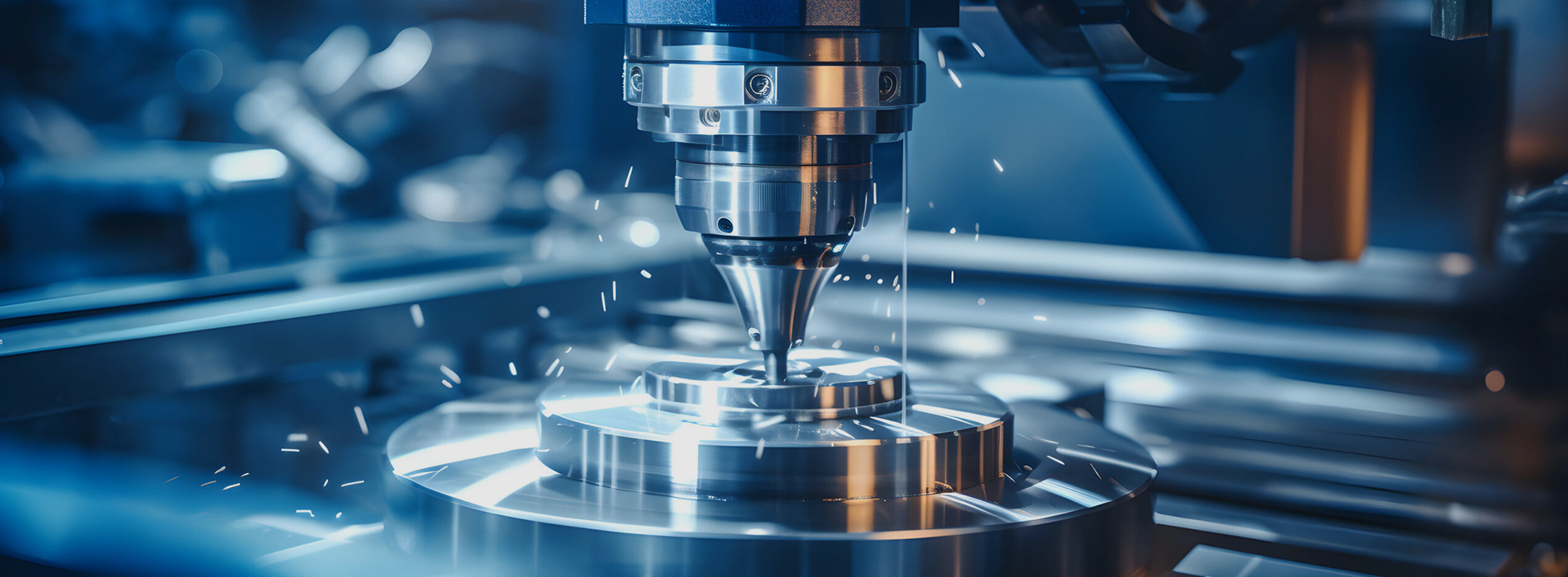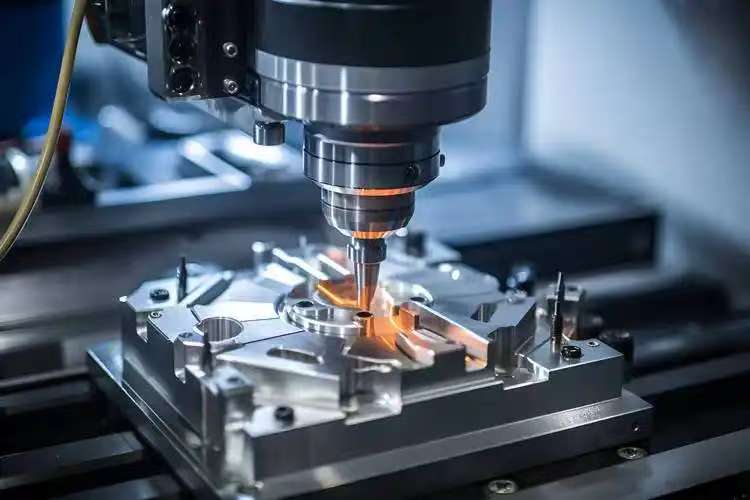CNC Machining vs. 3D Printing: A Comparative Overview
Nov 10, 2025
CNC Machining vs. 3D Printing: A Comparative OverviewIntroductionCNC (Computer Numerical Control) machining and 3D printing (additive manufacturing) are two leading technologies in modern manufacturing. While both are used to create complex parts, they differ fundamentally in their processes, applications, and strengths. This article explores their key differences, advantages, and ideal use cases to help industries and creators choose the right method for their needs.
1. Core Principles
CNC Machining: A subtractive process where material is removed from a solid block (metal, plastic, or wood) using precision cutting tools. The machine follows digital instructions (G-code) to carve out the final shape.
3D Printing: An additive process that builds objects layer by layer from materials like plastics, resins, or metals. Designs are created using 3D modeling software and printed directly without requiring pre-existing material blocks.
2. Material Compatibility
CNC Machining:
Works with metals (aluminum, steel, titanium), plastics (ABS, nylon), and wood.
Ideal for high-strength, heat-resistant parts used in aerospace, automotive, or tooling.
3D Printing:
Primarily uses thermoplastics (PLA, PETG), resins, and specialized metals/polymers.
Best for prototyping, lightweight structures, or parts with intricate internal geometries.
3. Precision and Surface Finish
CNC Machining:
Delivers superior accuracy (±0.025 mm) and smooth surface finishes.
Requires minimal post-processing for functional or aesthetic parts.
3D Printing:
Layer-by-layer construction can result in visible layer lines.
Accuracy ranges between ±0.1–0.5 mm, depending on the technology. Post-processing (sanding, chemical treatments) is often needed.
4. Speed and Scalability
CNC Machining:
Faster for small to medium production runs (10–1,000 units).
Setup (toolpath programming, fixturing) is time-consuming but efficient for repeatable batches.
3D Printing:
No tooling required, making it ideal for rapid prototyping or one-off designs.
Slower for large volumes due to layer-based printing but excels at customization.
5. Cost Efficiency
CNC Machining:
High upfront costs for machines and tooling but cost-effective for bulk production.
Material waste (due to subtraction) can increase expenses.
3D Printing:
Low startup costs and minimal waste (unused powder or resin can often be recycled).
Economical for complex designs but becomes expensive at scale due to slow speeds.
6. Design Flexibility
CNC Machining:
Limited by tool access angles and geometry constraints (e.g., undercuts).
Struggles with hollow structures or highly organic shapes.
3D Printing:
Unmatched freedom for complex geometries, lattices, and internal channels.
















 SUBSCRIBE TO OUR NEWSLETTER
SUBSCRIBE TO OUR NEWSLETTER






